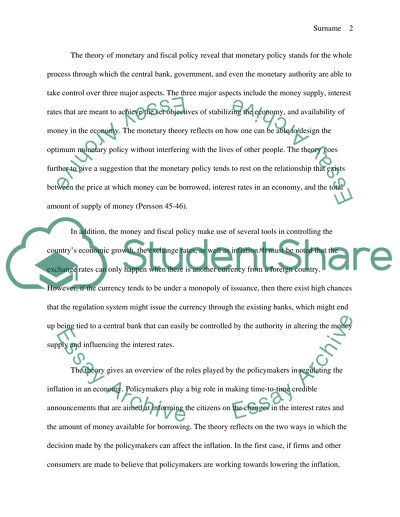Cite this document
(“Expansionary Economic Policy Essay Example | Topics and Well Written Essays - 2250 words”, n.d.)
Expansionary Economic Policy Essay Example | Topics and Well Written Essays - 2250 words. Retrieved from https://studentshare.org/macro-microeconomics/1492346-expansionary-economic-policy
Expansionary Economic Policy Essay Example | Topics and Well Written Essays - 2250 words. Retrieved from https://studentshare.org/macro-microeconomics/1492346-expansionary-economic-policy
(Expansionary Economic Policy Essay Example | Topics and Well Written Essays - 2250 Words)
Expansionary Economic Policy Essay Example | Topics and Well Written Essays - 2250 Words. https://studentshare.org/macro-microeconomics/1492346-expansionary-economic-policy.
Expansionary Economic Policy Essay Example | Topics and Well Written Essays - 2250 Words. https://studentshare.org/macro-microeconomics/1492346-expansionary-economic-policy.
“Expansionary Economic Policy Essay Example | Topics and Well Written Essays - 2250 Words”, n.d. https://studentshare.org/macro-microeconomics/1492346-expansionary-economic-policy.


